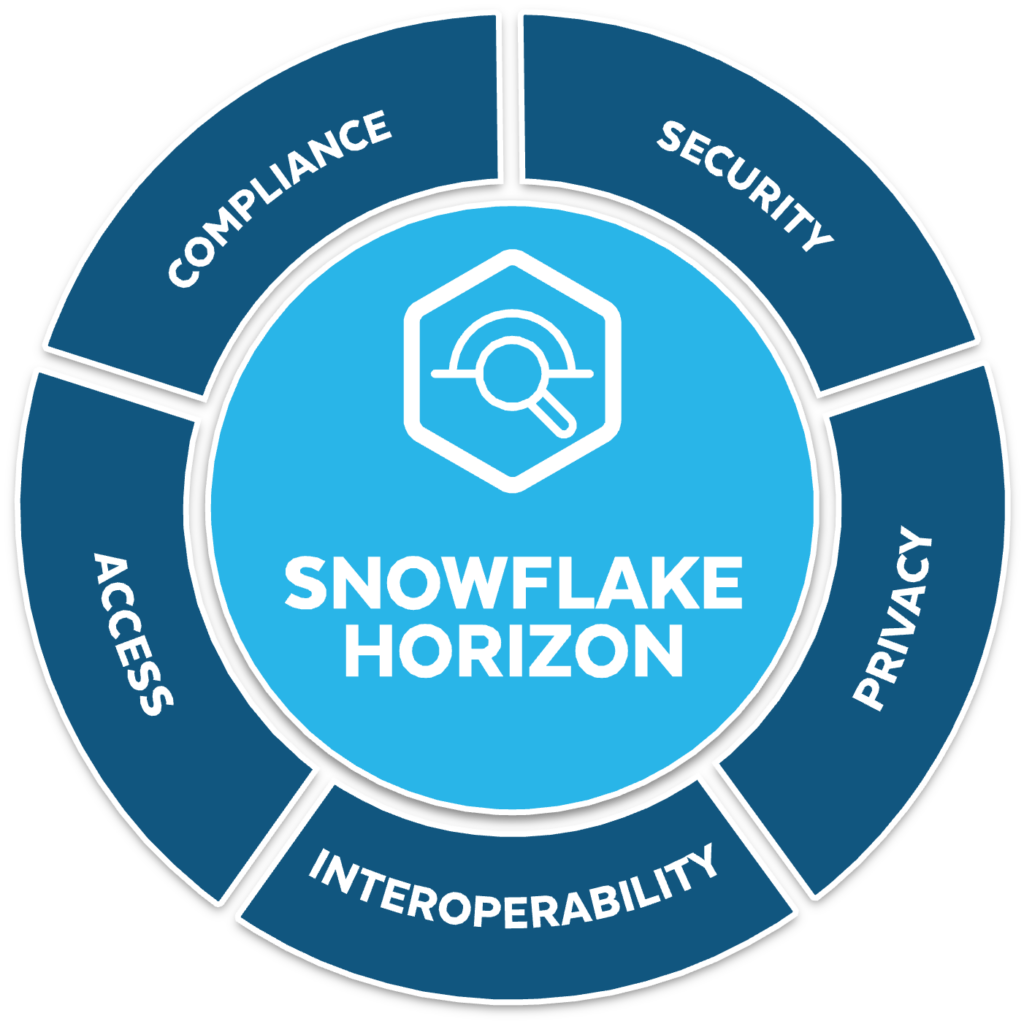Row-level security may be a crucial part of your optimal data security strategy as a component of an entitlements process. In this article, we will explore row-level security, entitlements, and some of their common use-cases in modern data stacks:
What Is Row-Level Security?
With the help of row-level security, you can limit data that different users and groups are accessing which can be done in several ways depending on the platform you are using:
- By implementing policies in BI tools
- By implementing views and functions in the data store platform
- By implementing a security layer between the data store and data consumers
When limitations are in place, the user accessing the data from a table or a view receives an accordingly limited result.
This is part of our complete Row-Level Security guide.
What Are Entitlements in Data Security?
Entitlements describe the resources a user is allowed to access, and the specific details differ in various business contexts. Entitlements are configured by applying access limitations to the available information.
Frequently, entitlements are applied as filters to different information, for example, as row-level security. A few sources of entitlements include:
- Entitlement configuration stored within data stores, such as data warehouses
- Entitlement configuration stored within metadata management solutions, data catalogs, and data governance solutions
- Business domain services
- Central entitlement services
What Is Entitlement Creep and How Can Organizations Manage It?
An employee’s role, team, and responsibilities can shift drastically throughout employment. When these changes are handled manually, it is quite possible to neglect to remove a few or all accesses from a past role. This negligence results in entitlement creep, where employees amass authorizations in the long run. Accordingly, when an employee leaves an organization, they may still have more access than IT knows about, putting overlooked or stranded files and documents in security risks.
To avoid these risks, it is therefore essential to continuously verify that data entitlements are accurate and up-to-date. If possible, it is best practice to set access controls so that authorization is either limited based on time or revoked automatically after specific data is no longer used.
Common Use Cases of Entitlements & Row-Level Security
Use Case #1: Regional Separation Due to Privacy Regulations
An example of a he model dataset for this use case is a retail store which operates a chain of retail outlets in six different countries (South Korea, Japan, China, Vietnam, Philippines, and Singapore).
The following business requirements and conditions summarize the organization’s row-level security:
- Country-level supervisors are only allowed to access sales information for their respective country.
- Sub-regional-level managers are only allowed to see sales information for countries that fall under their sub-region.
- The business head of the APAC region has no restrictions and can see information for business tasks in every country.
Below are some key data tables that we will consider for this example:
Table 1: ORDERS
ORDER_ID | ORDER_DATE | PURCHASING_COUNTRY_CODE | SALES_REVENUE |
|---|---|---|---|
1
| 01/01/2021
| CN | 409 |
2 | 01/02/2021 | KR | 583 |
3 | 01/03/2021 | JP | 741 |
4 | 01/04/2021 | VN | 214 |
5 | 01/05/2021 | PH | 865 |
6 | 01/06/2021 | SG | 150 |
7 | 01/07/2021 | CN | 150 |
8 | 01/08/2021 | KR | 224 |
9 | 01/09/2021 | JP | 427 |
10 | 01/10/2021 | VN | 466 |
11 | 01/11/2021 | PH | 460 |
12 | 01/12/2021 | SG | 682 |
Table 2: ACCESS_CONTROL (used for entitlements validation)
RESTRICTION_LEVEL | FIRST_NAME | LAST_NAME | USERNAME | DATA_RESTRICTION |
|---|---|---|---|---|
Region
| Mendelsohn
| Chan | MCHAN | |
Sub Region | Daphne | Chan | DCHAN | Southeast Asia |
Sub Region | Lilian | Huang | LHUANG | East Asia |
Country | John | Zhang | JZHANG | CN |
Country | Jacob | Kim | JKIM | KR |
Country | Bob | Sato | BSATO | JP |
Country | Sue | Tran | STRAN | VN |
Country | Mary | Santos | MSANTOS | PH |
Country | Tom | Chua | TCHUA | SG |
Table 3: GEO_LOCATIONS
COUNTRY_CODE | COUNTRY_NAME | SUB_REGION | REGION |
|---|---|---|---|
CN | China | East Asia | APAC |
KR | South Korea | East Asia | APAC |
JP | Japan | East Asia | APAC |
VN | Vietnam | Southeast Asia | APAC |
PH | Philippines | Southeast Asia | APAC |
SG | Singapore | Southeast Asia | APAC |
Table 4: ORDERS_AGGREGATED Summary Table
CREATE OR REPLACE TABLE ORDERS_AGGREGATED AS SELECT * FROM "DEMO_TS_PRESENTATION". "SALES". "ORDERS" t1 LEFT JOIN "DEMO_TS_PRESENTATION". "SALES". "GEO_LOCATIONS" t2 ON t1.PURCHASING_COUNTRY_CODE = t2.COUNTRY_CODE;
Creating the Secure View (syntax may vary by data platform)
CREATE OR REPLACE SECURE VIEW "DEMO_T5 PRESENTATION". "SALES". "VW_FACT_ORDERS_AGGREGATED" COPY GRANTS AS SELECT * FROM "DEMO_T5_PRESENTATION". "SALES". "ORDERS_AGGREGATED" t1 INNER JOIN "DEMO_TO_CONTROL","DATA_SECURITY". "ACCESS_CONTROL" t2 ON CURRENT_USER = t2.USERNAME WHERE t2.RESTRICTION_LEVEL = 'Region' OR ( -- Sub-Region and Country Restriction -- CASE t2.RESTRICTION_LEVEL WHEN 'Sub Region' THEN t1.SUB_REGION WHEN 'Country' THEN T1.COUNTRY_CODE END = t2.DATA_RESTRICTION END = t2.DATA_RESTRICTION )
Testing the Solution:
Case #1:
User: Daphne Chan
Title: Southeast Asia Sub-Region Lead
ORDER_ID | ORDER_DATE | SALES_REVENUE | SUB_REGION | COUNTRY_NAME | COUNTRY_CODE | REGION | DATA_RESTRICTION | USERNAME |
|---|---|---|---|---|---|---|---|---|
4 | 2021-01-04 | 214 | Southeast Asia | Vietnam | VN | APAC | Southeast Asia | DCHAN |
5 | 2021-01-05 | 865 | Southeast Asia | Philippines | PH | APAC | Southeast Asia | DCHAN |
6 | 2021-01-06 | 150 | Southeast Asia | Singapore | SG | APAC | Southeast Asia | DCHAN |
10 | 2021-01-10 | 466 | Southeast Asia | Vietnam | VN | APAC | Southeast Asia | DCHAN |
11 | 2021-01-11 | 460 | Southeast Asia | Philippines | PH | APAC | Southeast Asia | DCHAN |
12 | 2021-01-12 | 682 | Southeast Asia | Singapore | SG | APAC | Southeast Asia | DCHAN |
16 | 2021-01-16 | 791 | Southeast Asia | Vietnam | VN | APAC | Southeast Asia | DCHAN |
17 | 2021-01-17 | 247 | Southeast Asia | Philippines | PH | APAC | Southeast Asia | DCHAN |
Case #2:
User: Mendelsohn Chan
Title: APAC Sales Director
ORDER_ID | ORDER_DATE | SALES_REVENUE | SUB_REGION | COUNTRY_NAME | COUNTRY_CODE | REGION | DATA_RESTRICTION | USERNAME |
|---|---|---|---|---|---|---|---|---|
1 | 2021-01-01 | 409 | East Asia | China | CN | APAC | MCHAN | |
2 | 2021-01-02 | 583 | East Asia | South Korea | KR | APAC | MCHAN | |
3 | 2021-01-03 | 741 | East Asia | Japan | JP | APAC | MCHAN | |
4 | 2021-01-04 | 214 | Southeast Asia | Vietnam | VN | APAC | MCHAN | |
5 | 2021-01-05 | 865 | Southeast Asia | Philippines | PH | APAC | MCHAN | |
6 | 2021-01-06 | 150 | Southeast Asia | Singapore | SG | APAC | MCHAN | |
7 | 2021-01-07 | 150 | East Asia | China | CN | APAC | MCHAN | |
8 | 2021-01-08 | 224 | East Asia | South Korea | KR | APAC | MCHAN | |
9 | 2021-01-09 | 427 | East Asia | Japan | JP | APAC | MCHAN |
Use Case #2: Entitlement Data Integrity in Financial Firms
Financial organizations create and utilize a colossal amount of information in their everyday work processes. A few teams carry out research activities and decide on pricing for customers. Other teams share exclusive information with traders and risk managers, and they may need to publish press releases, newsletters, and internal updates to organizations worldwide. However, because employee roles are so diverse, not every user is qualified to see all of the organization’s data. To avoid mishaps, companies utilize specific entitlements for different teams, limit access based on customer ownership, and set other similar policies to avoid the over-access problem. Here are some entitlement rules that can be defined in this scenario:
- All analysts can only access the data of their clients.
- Team leaders can only access data of their clients or of their analysts.
- Regional managers can access data of the teams in their regions.
- Only a specific group can access any PII or payment information.
Such entitlement restrictions can be easily implemented with tools like row-level security and dynamic masking that Satori provides.
Conclusion
The above use cases and explanations address only a few of the many potential entitlements you can define. The initial step to improving your entitlements and security levels is to be proactive in ensuring your resources are authorized by proper permissions.
Entitlements and Row-Level Security with Satori
One of the main challenges in setting entitlements in general, and specifically with row-level security, is setting them at scale and in a simple manner. They often require data engineers to writie code (such as views and functions), and changing management also tends to be a difficult and slow process.
With Satori, configuring row-level security policies can be done across all of your data platforms in a simplified way. These policies can be applied without the need for data engineering resources and can be done directly by business users (such as data owners and data stewards).



